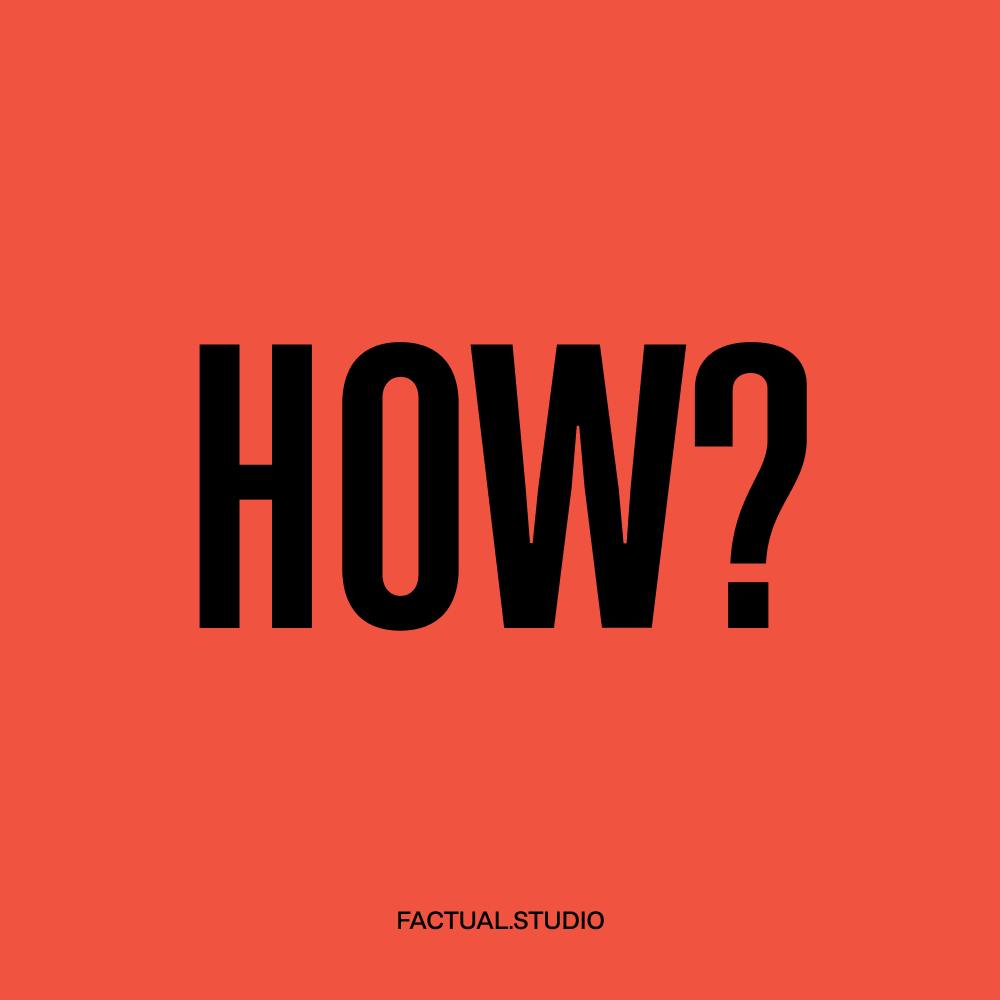How do you make change happen?

Change can often feel unpredictable, even impossible. But from a brand-building perspective (or any effort to shape culture really), it tends to follow a familiar arc:
Idea → Branding → Strategy → Early Adoption → Dissemination → Normalization → Change
It is not always linear. Sometimes it loops, sometimes it stalls, and sometimes a few steps happen out of order. But understanding the path can make the process feel a little more achievable, and a lot less mysterious.
Step-by-Step: The Arc of Change
- Idea: Your movement, product, or service. The core concept or belief you want to introduce into the world.
- Branding: Giving that idea a name, a purpose, and a value-driven personality that people can connect with.
- Strategy: Deciding how, where, and who you share the message with. It is about channel selection, timing, and targeting.
- Early Adoption: The first people to connect deeply with your idea. These are your believers, your first fans, your proof of concept.
- Dissemination: Your early adopters start carrying the message forward. They spread the word because they believe in it, not because they are being paid to.
- Normalization: The idea becomes part of the culture. It is no longer "new" or "niche" – it is expected. The change has taken root.
- Change: The shift you set out to create has occurred. What was once radical now feels like the new normal.
Every step requires intention, attention, and nurturing. But when we understand the process, we begin to see how change happens by design, not by accident.
Case Study: Oatly
Let's take a look at how this arc played out in a real-world example.
Idea
Create a non-dairy milk alternative from oats. Offer a new option for people who want to reduce their environmental impact without sacrificing taste or convenience.
(Re) Branding
After a rebrand in 2014, Oatly positioned itself as more than just oat milk. It became a movement. A brand built on quirky honesty, bold opinions, and climate-consciousness.
Brand personality attributes:
- Humorous
- Disruptive
- Transparent
Oatly embraced awkward packaging copy, handwritten typography, and unapologetic messaging. It was authentic and weird in a way that made it feel human.
Strategy
- Packaging-led branding (the carton itself did most of the talking)
- Avoided traditional marketing early on (relied on earned attention)
- Consistent tone across product, social, and leadership voice
- Focused on cafes and baristas first, to gain legitimacy and preference
- Positioned themselves against Big Dairy and climate inaction
Early Adoption
Trend-savvy consumers, vegans, baristas, and climate-conscious urbanites. These were people who wanted more sustainable options and loved a bit of rebellion.
Dissemination
Cafes became Oatly’s front lines. Consumers shared photos of the packaging, recommended it to friends, and became informal brand ambassadors. Social media helped accelerate the reach.
Normalization
Oat milk is now a default in many cafes and households. It has gone from obscure alternative to mainstream expectation. Even people who drink dairy know what Oatly is.
Change
Oatly helped shift the perception of non-dairy milk from niche to normal. They sparked broader conversations around food sustainability, carbon footprints, and personal choice.
In Short
Big change does not happen overnight. But with a clear idea, intentional branding, and thoughtful strategy, it is possible. Oatly did not just sell oat milk. They sold a worldview. They made change feel accessible, joyful, and worth sharing.
That is the power of branding with intention.